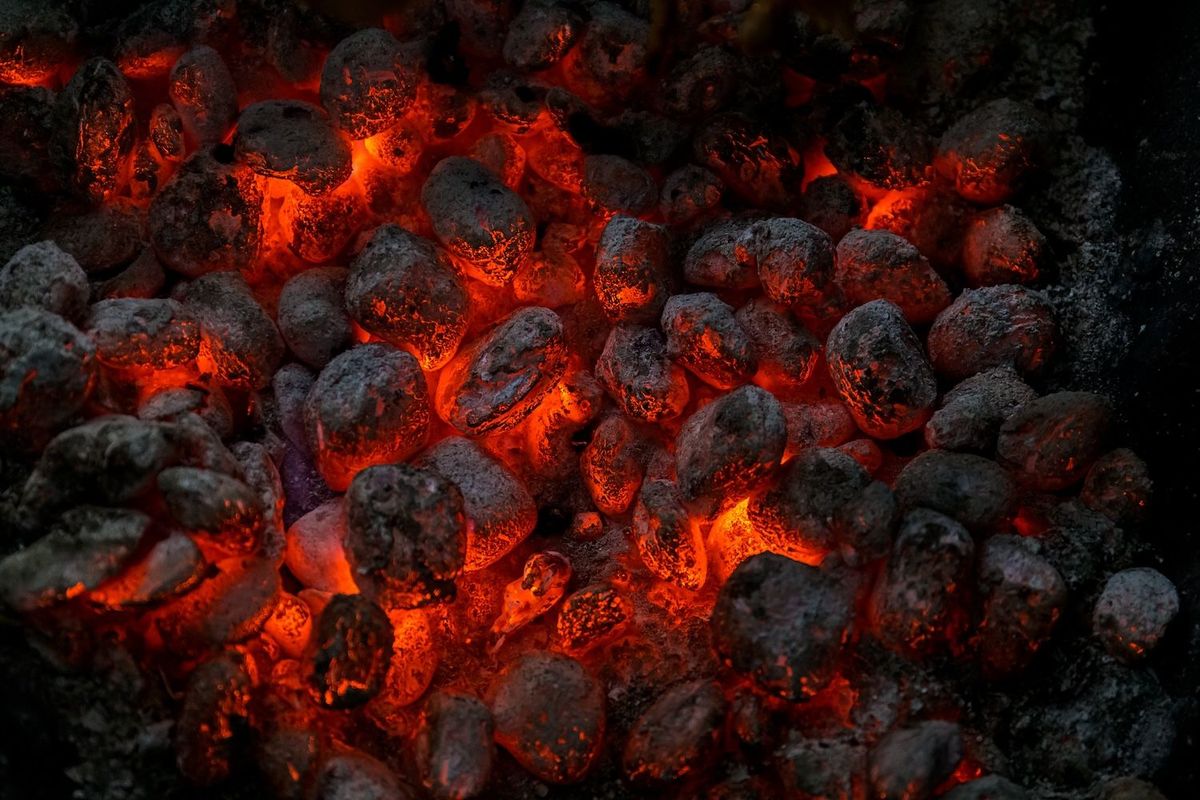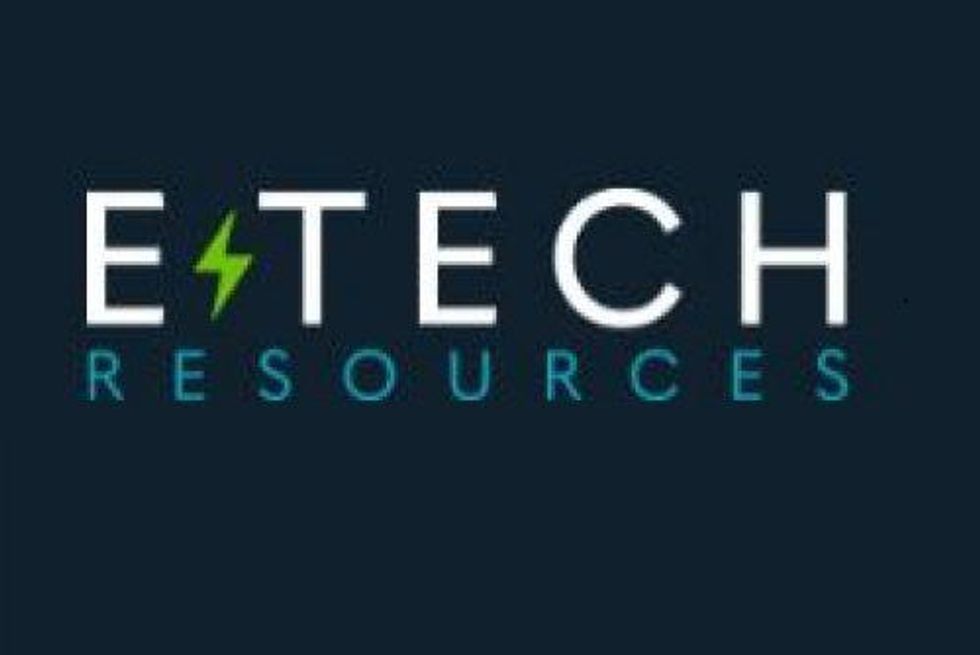The Waste Debate: Can Rare Earth Elements be Extracted from Coal Ash?
Engineers from Monash University are exploring recovery prospects of critical minerals and rare earth elements in Victorian brown coal fly ash.

Engineers from Monash University are saying they have found a better way to strengthen critical minerals and rare earths supply in Australia by recycling.
A report by the university claims that coal fly ash (CFA), the powdery waste that comes out of burning brown coal, could be the next best solution to extract critical minerals and rare earth elements (REEs).
“For decades, Australia’s coal-fired power stations have produced millions of tonnes of this ash, most of which ends up in ash dams or landfills…But what if that so-called waste could help power the technologies of the future – and ease the pressure on traditional mining?,” the engineers ask.
Coal fly ash, particularly the kind produced from brown coal in Victoria, was the subject of most experiments, as these are said to not contain radioactive elements like uranium or thorium.
The engineers are calling this solution “urban mining,” saying that it could power the green revolution.
What can urban mining do?
According to the engineers, the method they have discovered can recover all 17 REEs above a 90 percent efficiency rate.
They explained that the absence of radioactive elements makes the extraction process “inherently safer,” with less regulations and more environmentally sustainable compared to traditional rare earth mining.
Highly sought-after “magne” rare earths such as neodymium and dysprosium, which are used for electric motor and wind turbine magnets, are included in the extraction’s produce.
“To give you a sense of the potential, from coal fly ash alone, we could recover up to 45,000 tonnes of rare earth metal each year,” they wrote.
How does it work?
A previously published study by Monash University outlined five materials and methods for extracting REE from coal waste, which is summarised below:
- Sample preparation - collection of brown coal fly ash (BCFA) and separation into containers.
- Total quantification of metals - sending of samples to two external analytical companies, which identified baseline results for major, minor, trace non-REE metals and REEs in BCFA.
- Sequential extraction method - a six-step process reporting a more detailed fractionation capacity, studying modes of occurrence of REEs in CFA.
- Analysis of leachate from the extraction process via ICP-MS, which uses both internal standardization and an additional custom multi-element standard method that ensures accurate quantification
- Assessment of Victorian BCFA via a proposed coefficient, which is “the ratio of the sum of all elements classified as critical by the United States Department of Energy to excessively found REEs”
How is coal waste advancing?
“We’ve already scaled up our process from a small lab setup to a 30-litre system, and we’re now designing a 100-litre semi-continuous unit, with a demonstration plant planned at Monash University,” the engineers shared. “The technology has already won awards, and we’re ready to take the next step.”
The team also said that they are working with industry and government partners to introduce the process to the market, assisting in the clean up of legacy waste from coal-fired power generation.
A previous article published by the Commonwealth Scientific and Industrial Research Organisation (CSIRO) in February 2024 also looked into the transformation of coal waste into REEs, saying that it “ultimately comes down to economics.”
“Do the dollars stack up to recover the minerals from the tailings and overburden or not? If we pre-concentrate, can we then economically recover them?”
The organisation also mentioned that besides the already successful reclamation of coal mining areas for agriculture, coal wastes also holds potential to recover other minerals, such as clay-based minerals, in the future.
It is estimated that more than 71 million tonnes of coal ash is generated globally each year.
Current state of REEs in Australia
Australia is currently emerging as a key player in the global rare earths and even in the critical minerals market, following trade tensions between China and the US.
The country has also been making strategic moves towards rare earths independence, including investment in projects, policy amendments and cross country deals.
Western Australia, in particular, is being put on the global map with its significant rare earths deposits, backed by support from its local government.
“Urban mining gives Australia a chance to lead the world in clean, homegrown rare earth supply while also solving a legacy waste problem,” Monash University concludes. “It could create regional jobs, support local manufacturing, and reduce our reliance on overseas supply chains. It’s a rare opportunity.”
Don’t forget to follow us @INN_Australia for real-time updates!
Securities Disclosure: I, Gabrielle de la Cruz, hold no direct investment interest in any company mentioned in this article.

